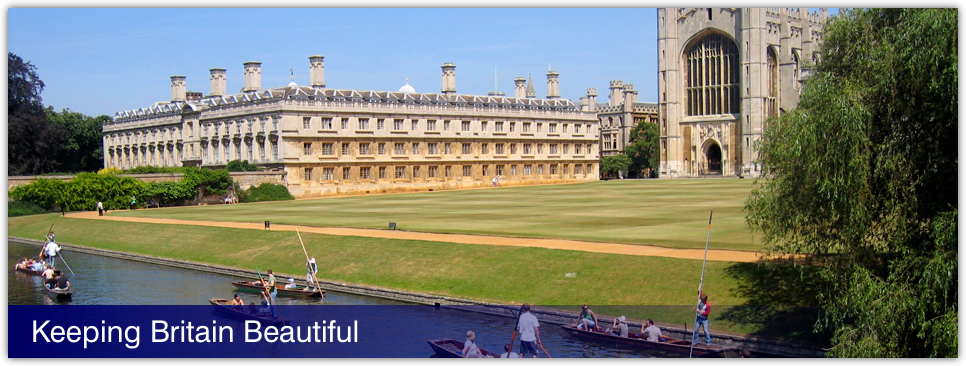Chewing gum litter is a ubiquitous sight. Some innovative artists have found a creative way to transform this insignificant waste into extraordinary pieces of art. Chewing gum, with its sticky nature and pliability, has become an unlikely canvas for these artists, allowing them to carve, mold, and sculpt intricate designs.
One such artist, Ben Wilson, gained international acclaim for his unique approach to gum litter. With vibrant colors and unmatched patience, Wilson painstakingly turns flattened gum pieces into miniature masterpieces. His work not only captivates the audience but also raises awareness about the environmental impact of littering, inspiring others to view everyday waste in a new light.
 Gum Art Around the World
Gum Art Around the World
In London, the Gumdrop initiative led by artist Anna Bullus has revolutionized the way people perceive chewing gum waste. By recycling gum into colorful bins shaped like giant gumballs, the initiative transforms public spaces into interactive art installations. These eye-catching bins serve as a constant reminder to passersby about the importance of keeping the streets clean while fostering a sense of community engagement.
Singapore, known for its strict cleanliness standards, has also embraced chewing gum art as a means of promoting cleanliness and creativity. Artist Sam Lo’s gum-inspired murals in public spaces have sparked conversations about the impact of littering. Through her artwork, she challenges residents and visitors alike to respect their environment and take pride in their city.
In New York City, chewing gum art has become an integral part of the city’s vibrant street art scene. Artists turn discarded gum into intricate pieces of art. These artists highlight the need for environmental consciousness.
In Berlin, a city known for its avant-garde art scene, chewing gum art has found a unique niche. Artists here use gum as a medium to convey powerful social and political messages. By creating provocative artworks in public spaces, they challenge societal norms and provoke thoughtful discussions among passersby. This intersection of art and activism demonstrates the potential of chewing gum art to address pressing issues on a global scale.
Tokyo, with its blend of tradition and innovation, has also embraced chewing gum art as a form of expression. Local artists use gum litter as a canvas to depict the city’s rich cultural heritage, creating artworks that seamlessly blend the old and the new.
Chewing Gum Art as Social Commentary
Artists utilizing gum litter as their canvas often infuse their creations with thought-provoking messages, addressing various societal issues. Murals adorning the underpasses of Singapore, intricately crafted from chewed gum, serve as a visual chronicle of the city’s pulse. From mental health awareness to environmental conservation, each piece speaks volumes, capturing the essence of contemporary challenges.
In New York City, chewing gum art has become a medium for political expression. Artists seize the sticky substance to comment on issues like inequality, immigration, and human rights. Their creations, plastered on walls amid the city’s hustle, act as silent protestors, demanding attention and reflection. Gum art has become a potent tool for challenging societal norms and advocating for change.
Berlin artists use discarded gum to depict the struggles and triumphs of the past, paying homage to resilience and unity. Through their art, they bridge generational gaps, reminding the world of the importance of remembering our shared history. These pieces, often found on cobblestone streets, serve as poignant reminders of the city’s journey, resonating with locals and visitors alike.
Tokyo embraces gum art as a means of exploring futuristic concerns. Artists here use gum as a canvas to depict the impact of technology on human connections. From virtual reality to artificial intelligence, these artworks serve as cautionary tales, urging society to balance progress with humanity. Gum art acts as a mirror, reflecting the complexities of modern living.
Challenges and the Future
One of the primary challenges faced by artists working with chewing gum is its durability. Unlike traditional art materials, gum is vulnerable to weather conditions and degradation, requiring innovative preservation techniques. Artists are constantly experimenting with coatings and sealants to ensure their creations withstand the test of time, allowing their messages to endure in the public eye.
The integration of chewing gum art into mainstream art spaces remains an ongoing struggle. Despite its growing popularity, many galleries and institutions are hesitant to embrace this unconventional medium. Breaking down these barriers requires not only artistic talent but also advocacy and education. Artists need to showcase the depth and significance of their work, demonstrating that gum art is not a just novelty but a legitimate form of artistic expression.
While many appreciate the creativity behind gum art, some still view it as a form of vandalism. Changing this perception necessitates community engagement and awareness campaigns. Public initiatives, educational programs, and art installations can showcase the value of chewing gum art, encouraging responsible creation and appreciation.
By leveraging gum art as a tool for environmental awareness, artists can drive home the message of responsible waste disposal. Community clean-up events, workshops, and public installations can actively involve residents, fostering a sense of ownership and pride in their environment. This grassroots approach not only tackles the problem of gum litter but also transforms it into a source of artistic inspiration and civic pride.
Augmented reality experiences, interactive installations, and digital platforms can enhance the impact of gum art, reaching wider audiences and encouraging meaningful interactions. Artists can leverage these tools to create immersive environments, allowing viewers to engage with their messages on a deeper level.
Artists must continue experimenting with new techniques, materials, and concepts, pushing the boundaries of creativity. Collaboration with scientists, engineers, and other artists from different disciplines can inspire innovative approaches, leading to groundbreaking artistic expressions.
As the art form continues to evolve, it holds the promise of transforming not only our streets but also our perspectives, inspiring a cleaner, more artistic future for generations to come.



